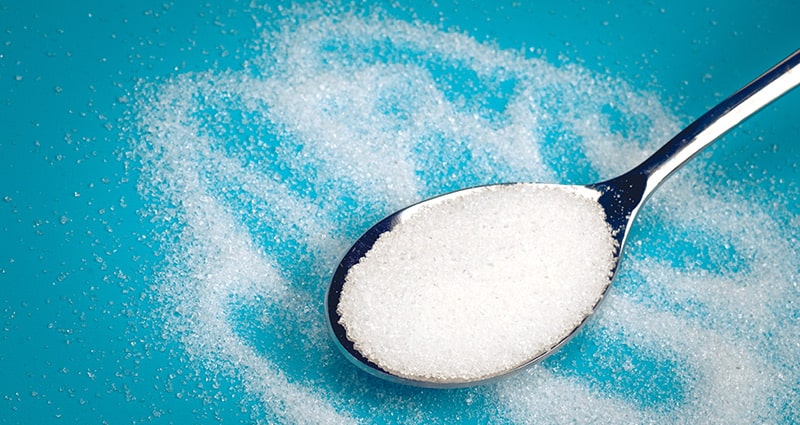Does your favorite food have more sugar than you realize? “Hidden” sugars could be sneaking into your daily diet without you even knowing. Even if you think you’re eating a relatively healthy diet, that might not always be the case and you’ll want to watch out for how much sugar per serving is in your food.
You’re probably aware of some foods high in sugar (ice cream, anyone?), but some everyday, not-super-sweet foods can also contain excessive added sugars. Here’s how to keep an eye on your sugar content.
How to Detect Hidden Sugars
You’re ready to reduce your sugar consumption, but how do you know which foods have hidden sugars? Now’s the time when the nutrition label comes in handy. However, hidden sugars aren’t always listed as simply “sugar.”
When you’re shopping at the grocery store, keep an eye out for these sugar “code names” on the ingredients list:
- Any ingredient ending in -ose, such as dextrose, fructose, glucose, lactose, maltose and sucrose
- Brown sugar
- Corn sweetener
- Corn syrup
- Fruit juice concentrate
- High fructose corn syrup
- Honey
- Invert sugar
- Malt sugar
- Molasses
- Raw sugar
- Sugar
- Syrup
Remember, ingredients lists on nutrition labels are in order of content. So the first few items listed make up the bulk of the product.
What Foods Have Hidden Sugars
Now that you know what ingredients to check for on nutrition labels, here are a few examples of the most common sources of hidden sugars:
- Breads
- Breakfast cereals
- Candy
- Condiments, such as ketchup and barbecue sauces
- Desserts and sweet snacks
- Dried fruits
- Energy drinks
- Flavored oatmeal
- Flavored yogurts
- Fruit juice
- Granola bars
- Protein bars
- Salad dressings
- Soda
- Sports drinks
- Sweetened coffee drinks
- Sweetened water
The Sweetness You Can Enjoy
Nervous about how many of your favorite foods showed up on that list? Try swapping some of your favorites that contain hidden sugars with a healthier alternative.
If you love ice cream, try some fruit dipped in unsweetened Greek yogurt. Don’t want to drop your coffee creamer or sports drink routine? Try a zero-sugar variety. You can still have cereal for breakfast, too. Just look for low-sugar or sugar-free alternatives.
The Not-So-Sweet Truth Regarding Your Sweet Tooth
Added sugar and natural sugar are not the same. Added sugars are added to foods during processing or preparation. Naturally occurring sugars are found naturally in foods such as fruit and milk.
Right now, American adults consume around 77 grams of sugar per day, and children eat about 81 grams, according to the American Heart Association (AHA). The 77 grams adults consume is triple what the AHA recommends that adult women limit themselves to.
All that added sugar can contribute to weight gain, heart disease and Type 2 diabetes.
The Centers for Disease Control and Prevention recommends Americans ages two and older eat no more than 10% of their total daily calories in added sugar per day. This means on a 2,000-calorie diet, only 200 calories should come from added sugar. Children younger than two shouldn’t be fed any foods with added sugars.
When looking at an ingredients label, the sugar section is housed under carbohydrates. It will look like this in order of appearance:
- Total sugars – This number includes both added and natural sugar.
- Added sugars – These are the ones to limit. The AHA recommends no more than 25 grams daily for women and 36 for men.
- Naturally occurring sugars – Sugar in food naturally
Taking small steps to limiting your daily sugar intake will be far easier than cutting sugar from your diet all at once. Small changes make big differences for your future.




